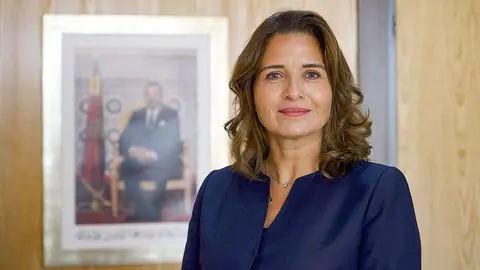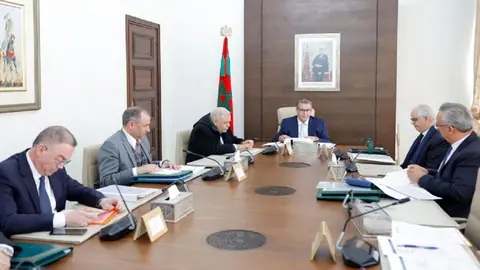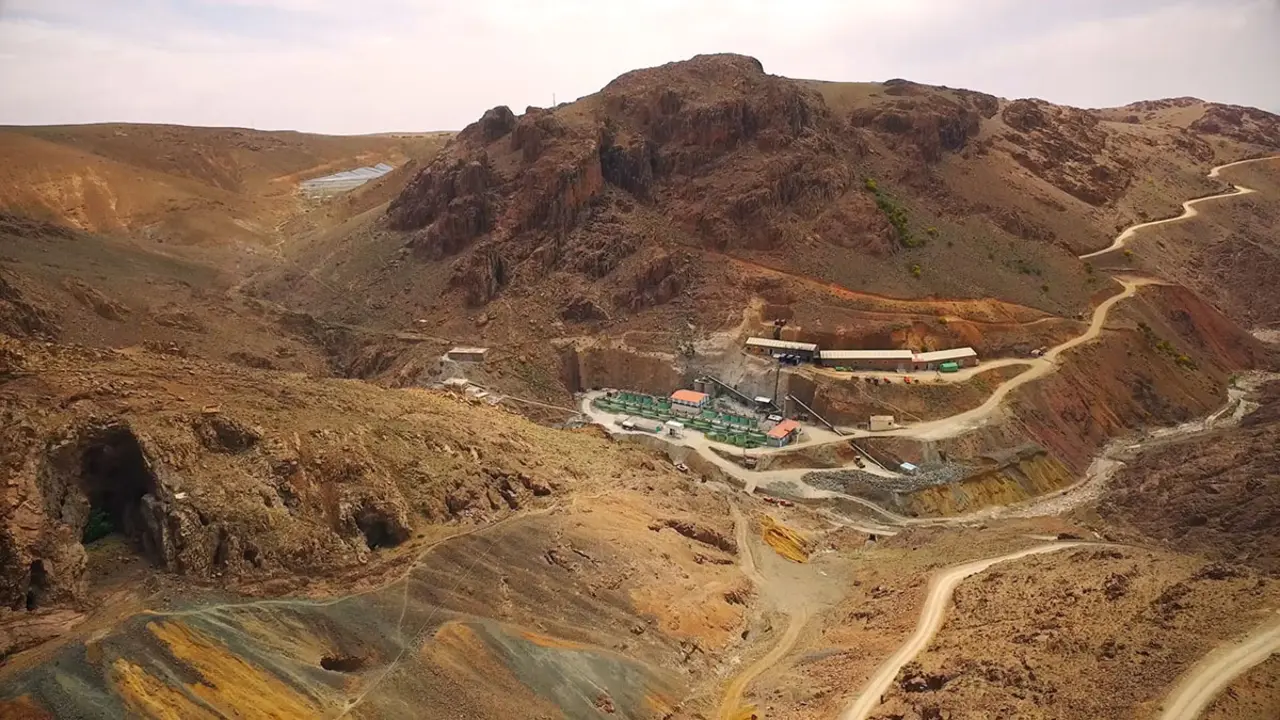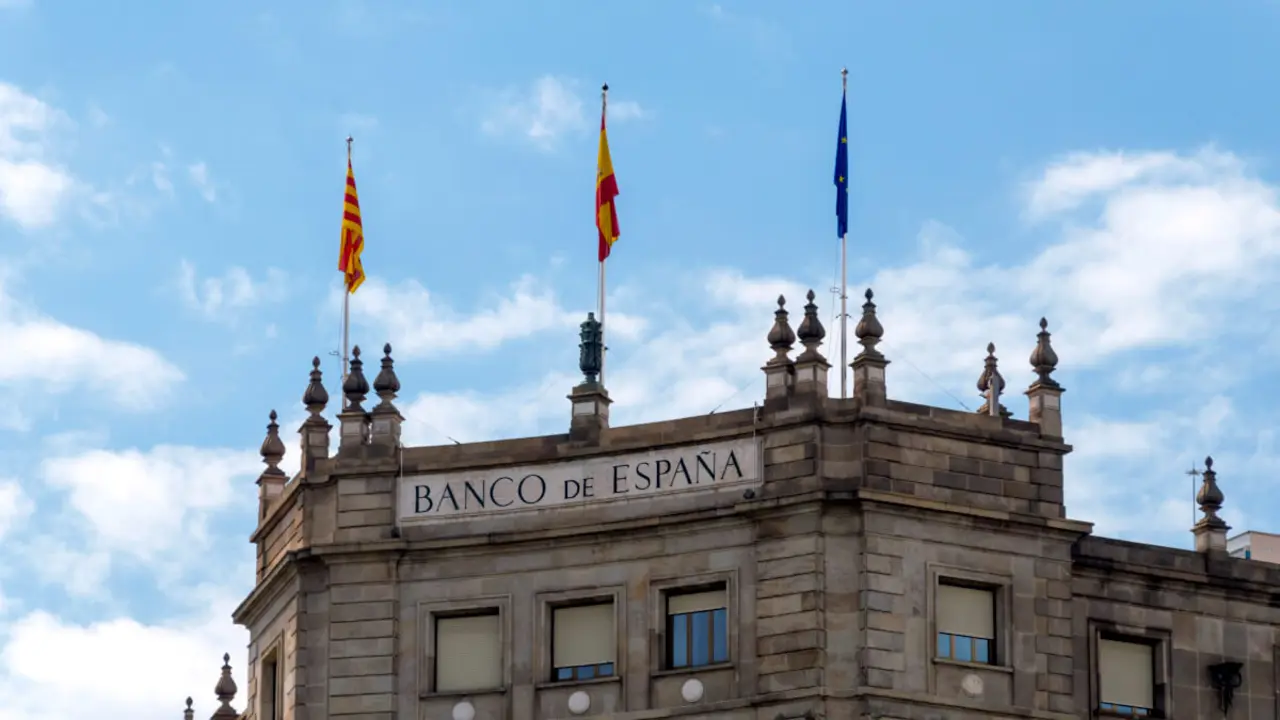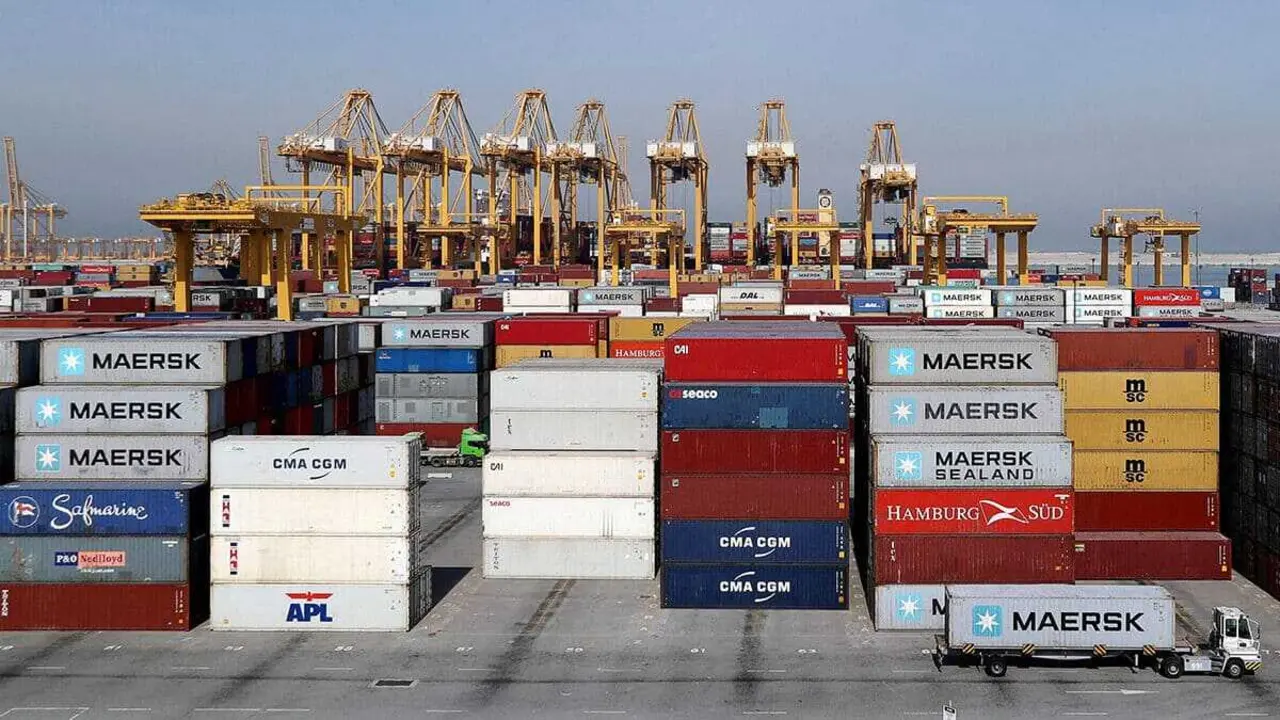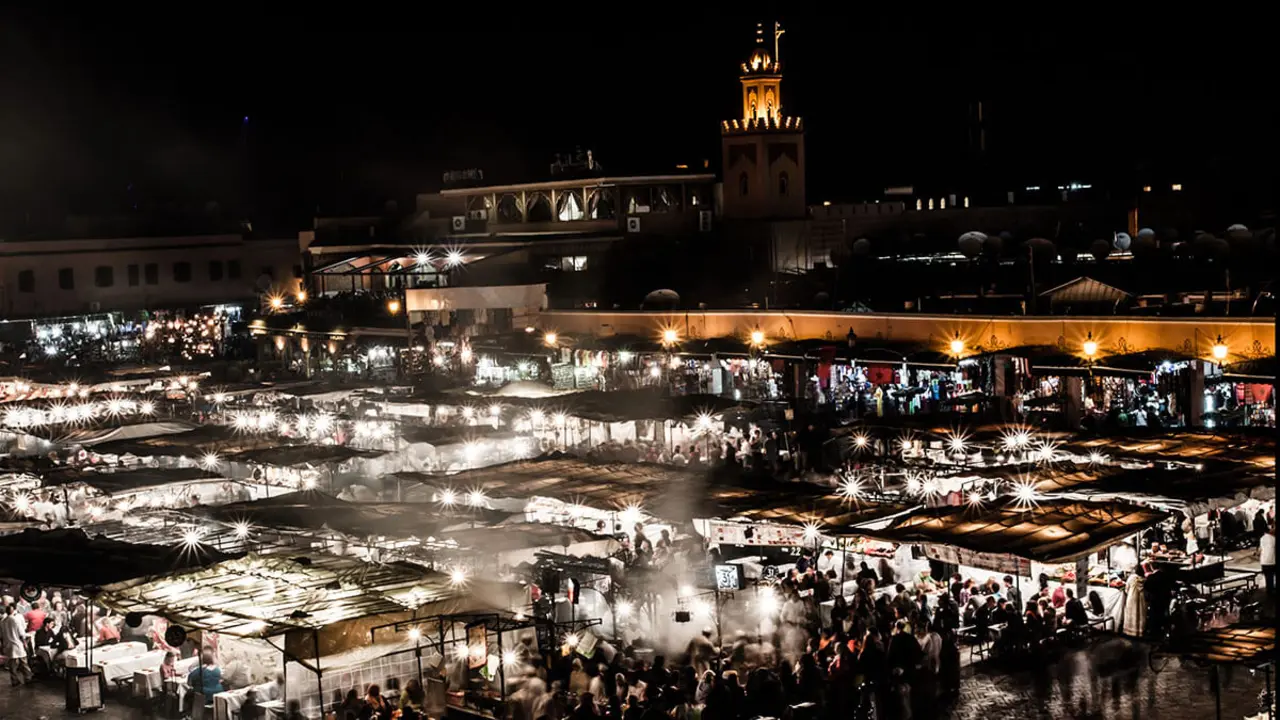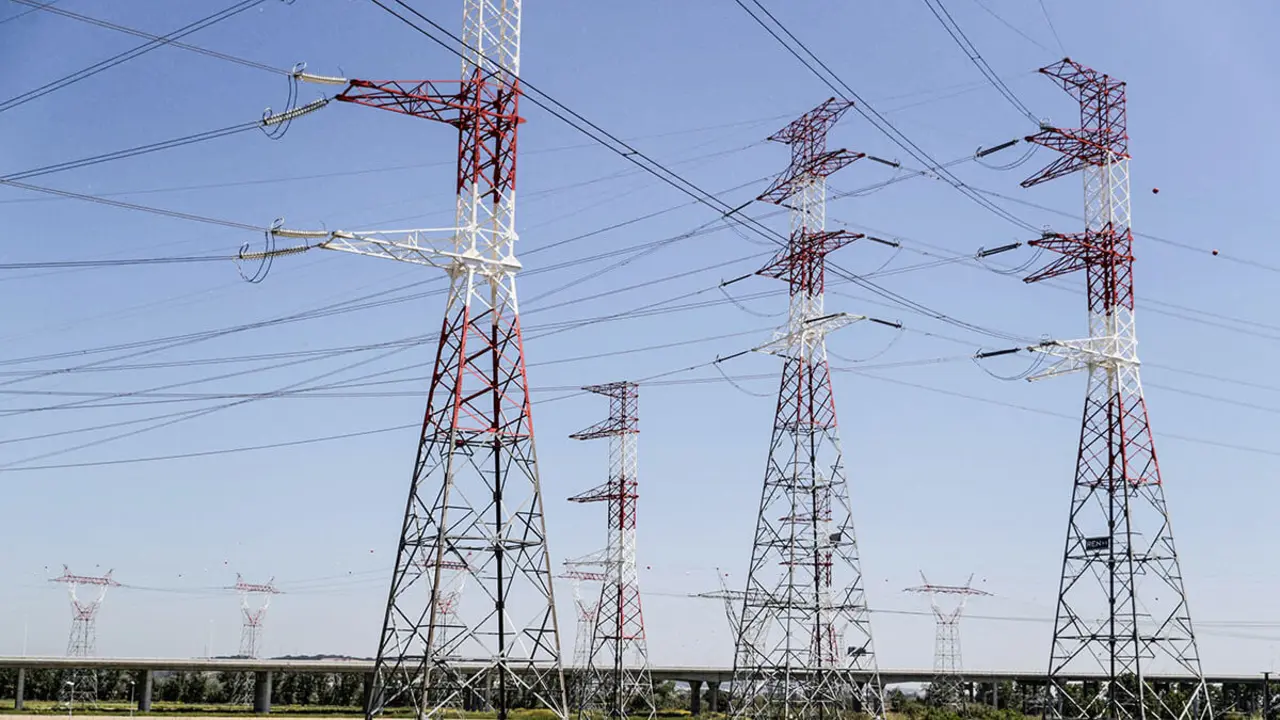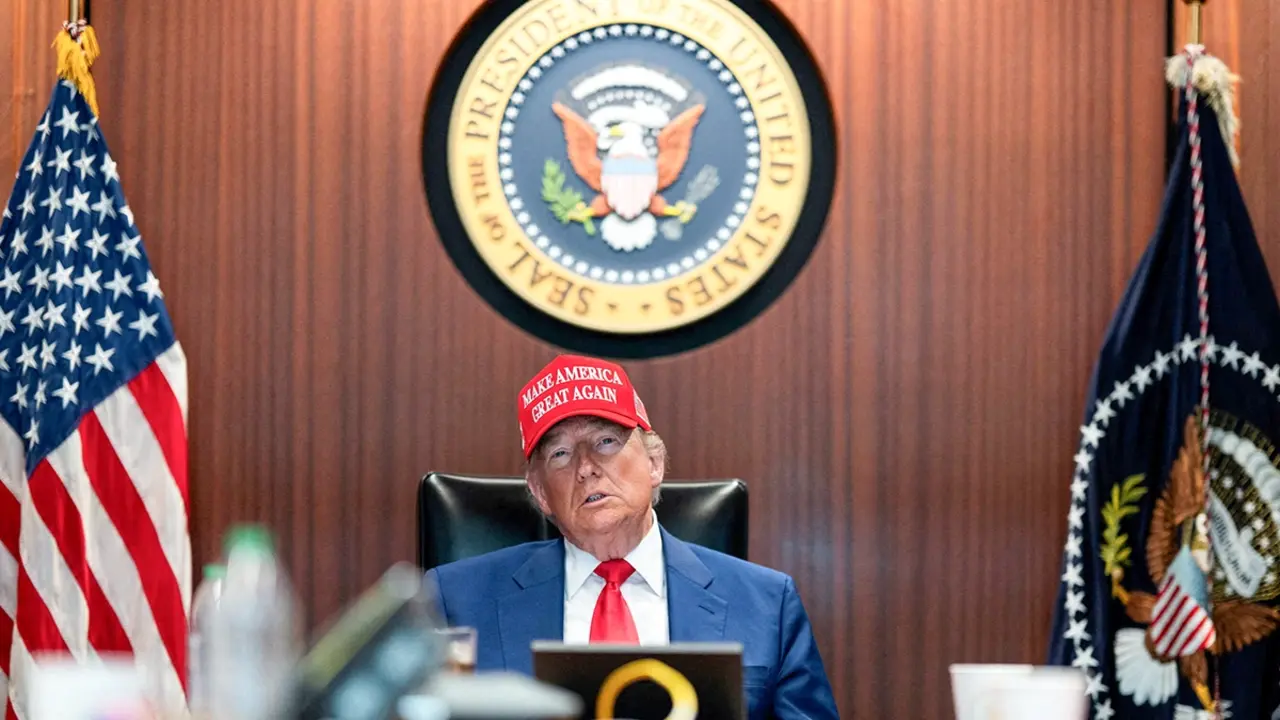2026, a key year for green hydrogen production in Morocco
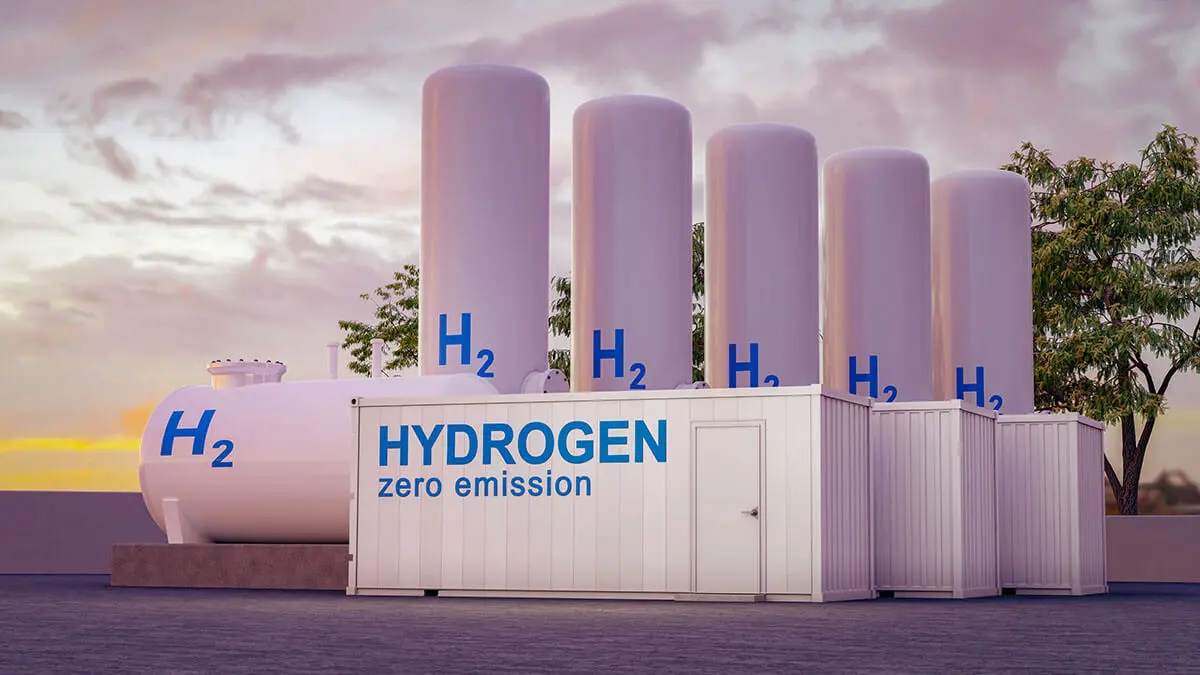
The pilot project for the production of green hydrogen in Morocco, called ‘Power to Hydrogen (PtX)’, is scheduled to come on stream in 2026.
The Moroccan Agency for Solar Energy (Masen) is leading this project, with financial support from the German bank KfW amounting to 300 million euros in loans and, on the other hand, subsidies.
The project will finally become a reality in the Guelmim-Oued Noun region and will guarantee the production of 10,000 tonnes of green hydrogen per year. The electrolyser will be powered by a 200 MW hybrid solar and wind power plant. The electrolyser itself, intended for hydrogen production, will have a capacity of at least 100 MW.
The hydrogen production plant will be connected to a seawater desalination unit to be installed in Tan-Tan.
The solar plant will be installed on a high plateau in the province of Guelmim, while the wind farm will be located on the mountain ridge that borders this plateau.
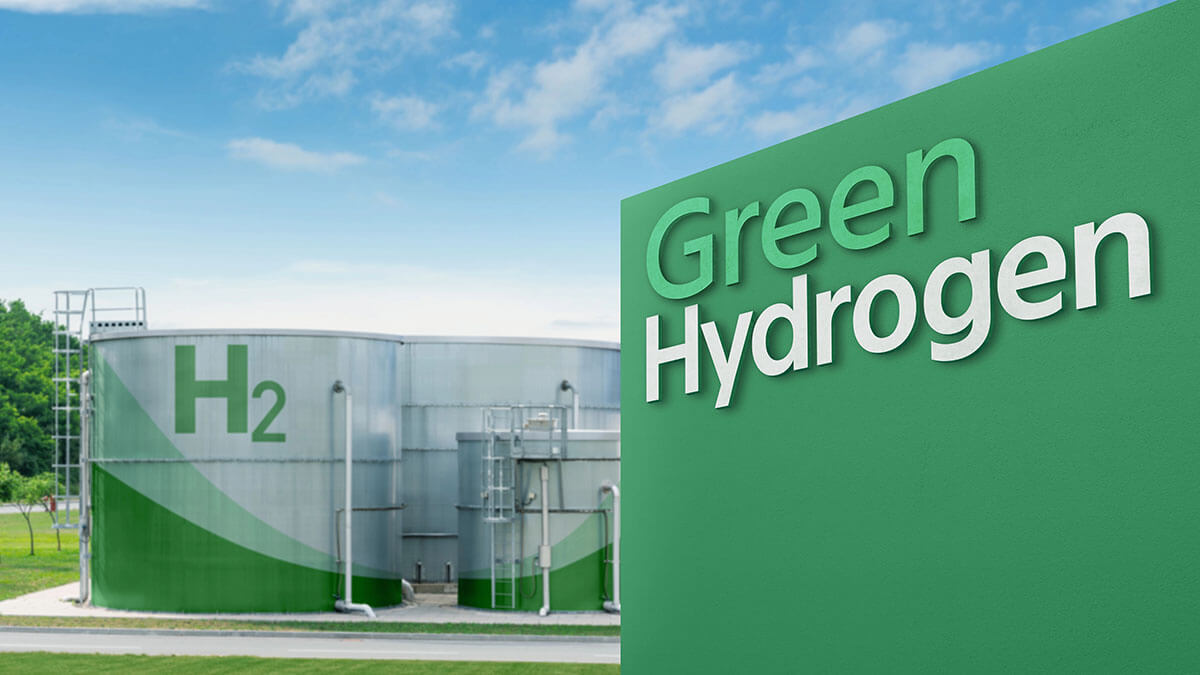
Morocco is very much into green hydrogen. This energy source is a fuel produced from water and renewable energy, such as solar and wind power. It is an alternative for reducing greenhouse gas emissions and protecting the environment. Green hydrogen is generated from renewable electricity, using water as a raw material, through a process of electrolysis. Electrolysis consists of using an electric current to break down the water molecule into oxygen and hydrogen using electrodes.
This type of hydrogen does not generate carbon emissions, which makes it an essential element for sectors that are difficult to electrify and isolated energy systems, and it also has the advantage that it can be stored. It does not generate pollution or emit greenhouse gases and it is a very valid solution for decarbonising economic and industrial sectors.
The Moroccan kingdom is promoting the green hydrogen industry through the ‘Morocco's Offer’ programme, a major plan aimed at developing the nation's green hydrogen production sector, especially in the so-called southern provinces, which include the disputed Western Sahara, where up to five international consortia, including the Spanish companies Acciona and Moeve, will develop six green hydrogen projects through a joint investment of 319 billion Moroccan dirhams (30.8 billion euros).

Morocco's commitment to green hydrogen and renewable energy in general is total in order to protect the environment and combat climate change, which affects the North African country and the world in general so much, all of this while reducing the use of hydrocarbons in the medium term, although the Moroccan kingdom is currently continuing to promote oil and natural gas exploration through important companies such as the British Sound Energy or Predator Oil & Gas with a view to continuing to strengthen the national energy industry and promoting self-consumption and a future role as an important international energy distributor.
Morocco is promoting renewable energies and seeking to become a leader in environmental protection. The Moroccan government aims to reduce carbon emissions by 45% by 2030 and achieve climate neutrality by 2050, as noted by the Organisation for Economic Co-operation and Development (OECD).

